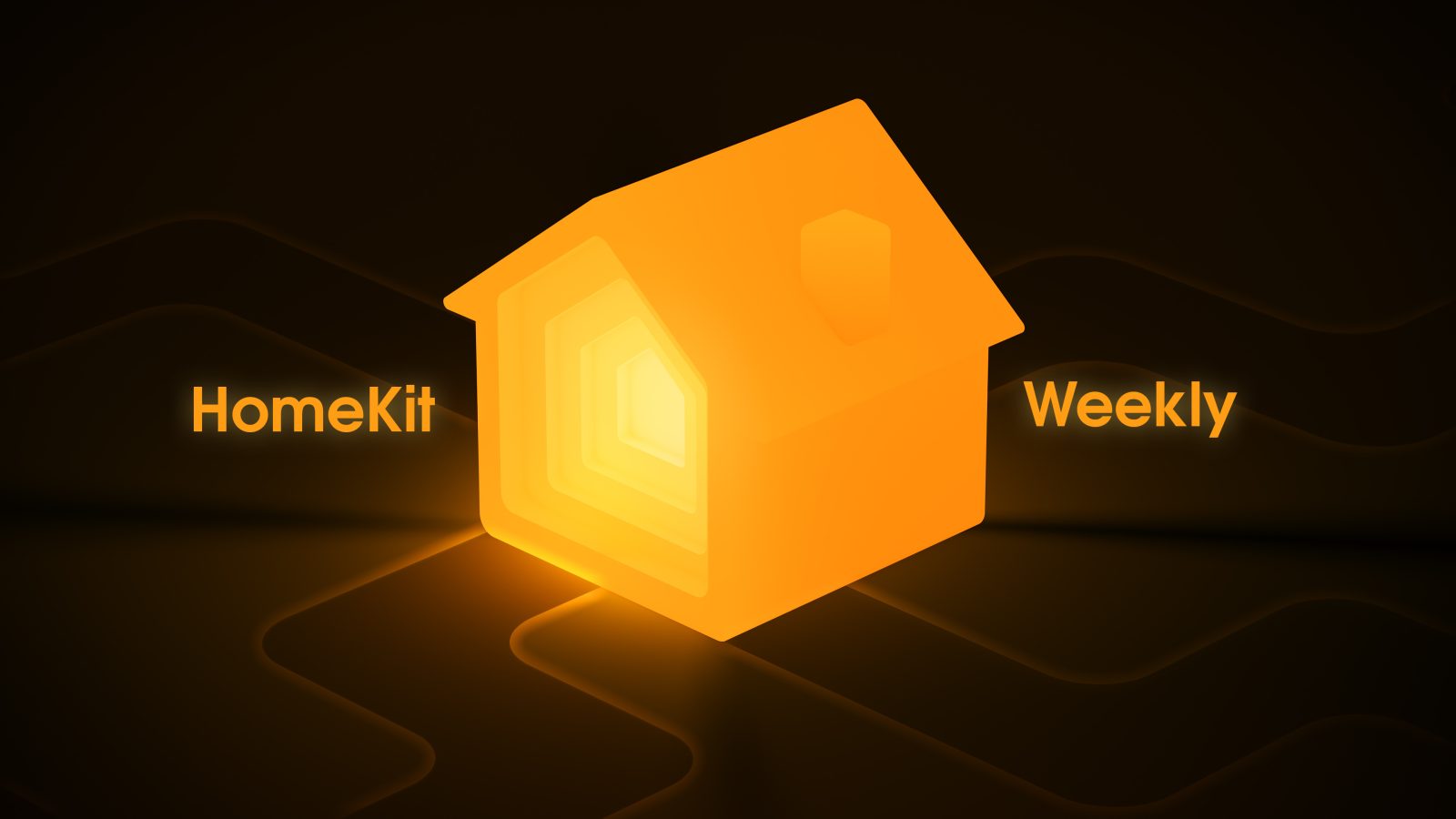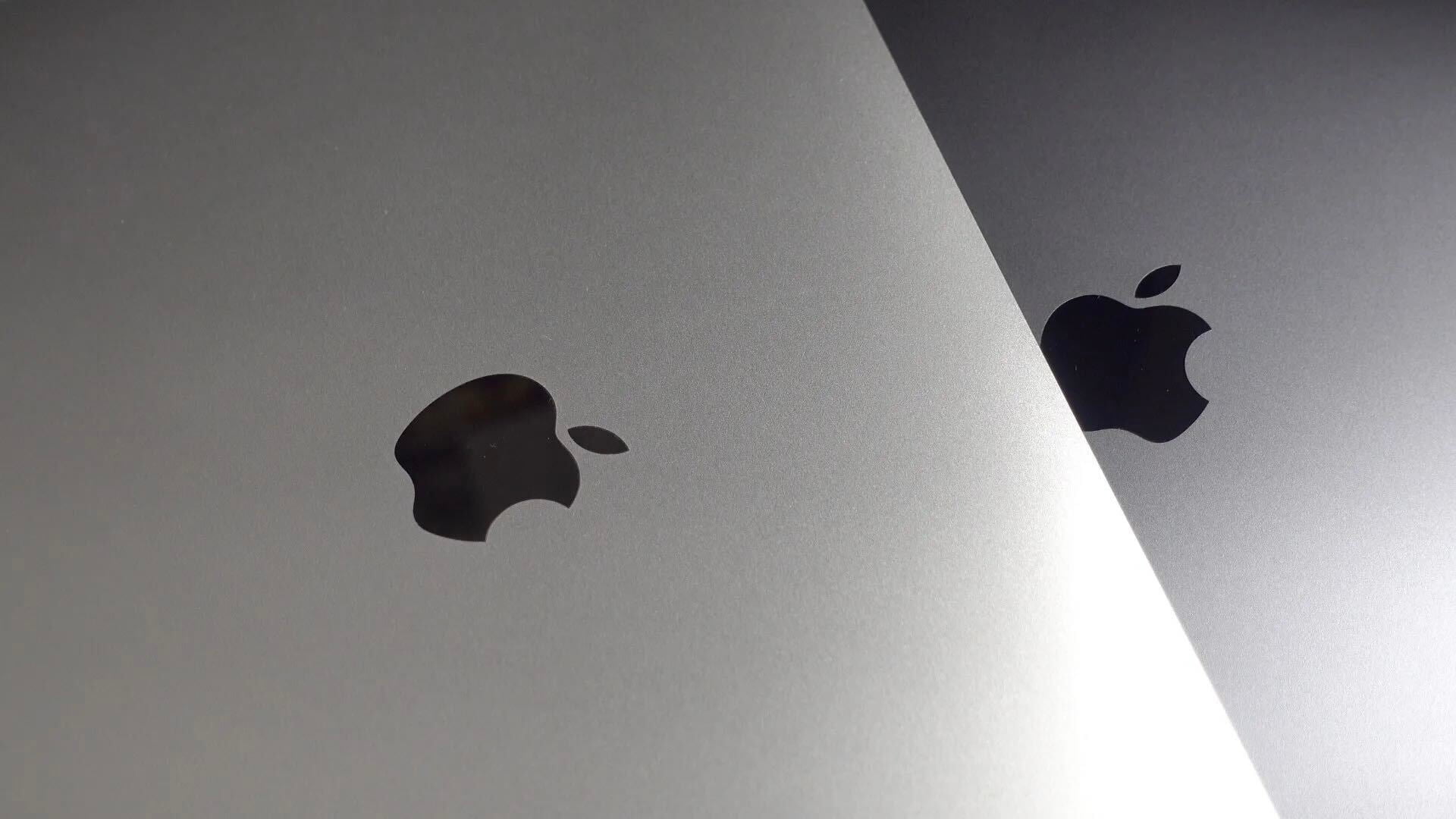
HomeKit Weekly is a new series focused on smart home accessories, automation tips and tricks, and everything to do with Apple’s smart home framework.
Getting into HomeKit can be a very costly endeavor when you start replacing locks, lights, and other accessories with connected versions. Fortunately, turning your old garage door opener into a Siri-connected entrance doesn’t require replacing your existing garage door opener. Instead you can upgrade your existing garage door opener from $70-$170 depending on your needs. Here’s how to get started:
What You’ll Need
There are currently four garage door openers with HomeKit support either available or announced:
- Chamberlain MyQ Home Bridge
- LiftMaster MyQ Home Bridge
- Nice IT4WIFI
- NousLogic Watchman Garage DoorController
The NousLogic Watchman option isn’t shipping yet but you can learn more about it here. I haven’t tested the Nice option, but the company says it works with garage doors with a “BusT4 port or connector for IBT4N.”

We’ll focus on the Chamberlain/LiftMaster MyQ Home Bridge ($69) in this guide (the Chamberlain and LiftMaster MyQ Home Bridges are the same hardware with different labels).
MyQ Home Bridge adds HomeKit compatibility to garage door openers that are already MyQ or Wi-Fi connected, but garage door openers without MyQ or Wi-Fi will need one more add-on to get up to speed.

MyQ Smart Garage Hub from Chamberlain ($99) adds smartphone control to garage door openers from most major brands that were made since 1993 and use Photo Eyes sensors. These include most garage door openers from Chamberlain, LiftMaster, Craftsman, Genie, Overhead Door, Linear, Stanley, and Wayne Dalton.
Pairing MyQ Smart Garage Hub to my garage door opener from 2010 was the first step to making it work with HomeKit. This gave me garage door control from the Chamberlain app on my iPhone, but not HomeKit control.
Adding HomeKit support to my garage door opener without MyQ built in required pairing MyQ Home Bridge after pairing MyQ Smart Garage Hub.
This is where it can get confusing. Both black boxes look-alike and have similar names, but it’s the one without a HomeKit code on the bottom that needs to go first to make older garage door openers smarter.

MyQ Smart Garage Hub includes the main black box that you can mount to your garage ceiling or place nearby — plus a sensor that attaches to your garage door. You can purchase additional sensors to use if you have multiple garage doors with one garage door opener.
MyQ Smart Garage Hub is the black box that includes a built-in light which flashes when the garage door is controlled remotely. It also beeps loudly when the garage door is about to be closed remotely, although obstruction sensors can stop the door from closing if presence is detected.
MyQ Home Bridge, the second box, doesn’t need to be kept in the garage — just anywhere with a good Wi-Fi signal — so mine lives inside next to my router and other networking equipment.
The setup process for both boxes will vary based on your garage door opener model, so pay close attention to the instructions included when getting started.
Siri + Home + Automation
Once you have the right bridges in place, you can control your HomeKit-connected garage door opener in three ways: through Apple’s Home app, using Siri, and by automation.
Home app control works on the iPhone, iPad, and iPod touch. If you assign your garage door opener as one of your top nine favorite accessories, you can also access it from Control Center on iOS and the Home app on the Apple Watch.
At a glance, you can check if your garage door is open or closed, and long press and swipe or tap to either open or close it depending on the state. From the details section of the Home app, you can also see if any obstructions are present.

Optionally, you can receive alerts when your garage door is opened or closed which you can manage from the details section of the Home app. Alerts can include all activity or be more specific based on rules around time and people.
Time options include any time, during the day (based on sunrise), at night (based on sunset), and specific times with start and end times. People options include when somebody is home, when I am home, when nobody is home, and when I am not home.

Siri control lets you control your garage door and check its status using voice. For example, you can say or ask:
- Close the garage
- Open the garage
- Is the garage closed?
- Did I leave the garage door open?
You can also create HomeKit Scenes like “I’m Home” and “Good Night” that open your garage and turn on your lights or close your garage if it’s open and turns off your lights when you say the words.
Siri control works on iPhone, iPad, Apple Watch, Apple TV, and HomePod, but opening your garage door is limited to an unlocked iPhone, iPad, and Apple Watch to avoid unauthorized entry.

You can also control your garage door using automation, but there’s a slight catch. For instance, you can create an automation using HomeKit to automatically close your garage door when you leave home or open your garage door when you arrive home based on geolocation — but both automations require confirmation through an alert before they activate so it’s not exactly automatic.
Summary
As a HomeKit enthusiast, I’ve long been a fan of smart locks that you can control with Siri and the Home app — but moving to a house with a garage has dramatically reduced the number of times I use my front door as the main entry point. My garage has become my front door anytime I drive, so upgrading my garage door opener with HomeKit support has been key.

Keys are more fiddly than garage door opener remotes on walls and in cars, however, so I don’t always use Siri or the Home app to open and close my garage door. Automation not being totally automatic (for security reasons) also limits my usage there, although I have a simple recommendation for how that could improve that with CarPlay.
I do regularly open and close my garage door using Siri on my Apple Watch, especially when I go for a run in my neighborhood without my house keys or iPhone, and being able to easily check the status and remotely control my garage door away from home offers peace of mind.
As with other HomeKit accessories, remote access and automation will require a hub to work but HomePod can serve that purpose.
Subscribe to 9to5Mac on YouTube for more Apple news:
FTC: We use income earning auto affiliate links. More.




Comments